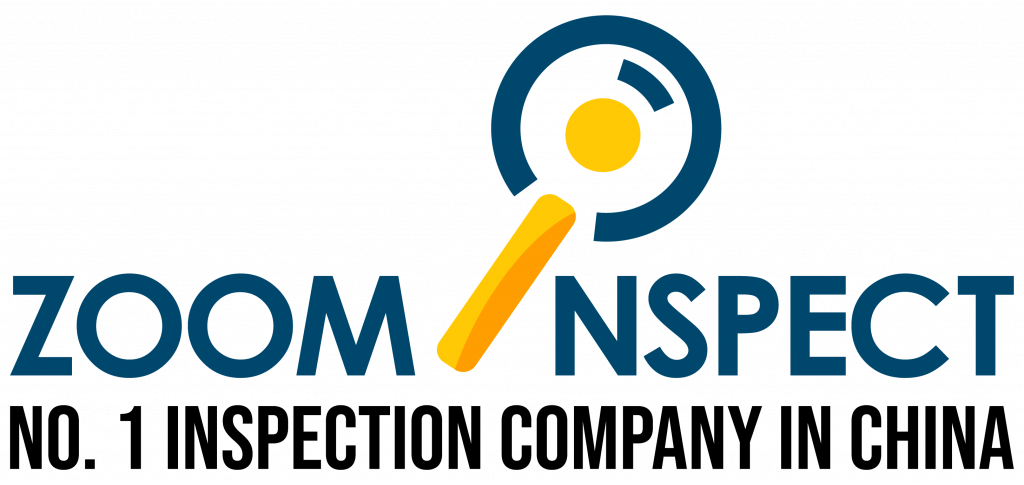Sampling is an essential component of inventory inspection that ensures the consistency and validity of the inspection outcomes. Adherence to established guidelines and requirements is of the utmost importance in the practice of quality inspections and ensuring consistent product standards. The sampling procedure is regulated by two widely recognized frameworks, which are Acceptable Quality Limit (AQL) and American National Standards Institute (ANSI) standards, which deliver guidelines to determine the sample size and acceptance/rejection parameters.
Considering the fundamental role the sampling process plays in inventory inspection, it becomes imperative to comprehend the procedure per industry standards. In this article, we will go over the specifics of the sample procedure as defined by the AQL/ANSI standards. Moreover, we will discuss the relevance of these standards, the procedures involved, and the approval or rejection criteria.
The Crucial Role of Sampling in Quality Inspections
Sampling is essential to quality inspections since it renders evaluating product quality methodical and effective. Inspectors can obtain significant data for statistical analysis by choosing a representative sample from a product magnitude. One of the primary benefits of sampling is its ability to discover errors in a cost-effective manner. Instead of evaluating each unit in a production batch, which may be time-consuming and costly, inspectors can choose a lower sample size that nonetheless delivers valid information about the batch’s overall quality.
To determine an appropriate sample size and guarantee its representativeness, statistical methods are frequently used. This improves fault detection efficiency and lowers the possibility of bias. Inspectors could discover patterns or trends in the data from the sampled units that can point to possible problems within the product design or production process.
Sampling facilitates continuous quality oversight of the product at different manufacturing phases as well. Samples can be taken by inspectors at various stages of the manufacturing process to check for consistency and spot any deviations from the required standards. The use of a proactive strategy allows prompt interventions and modifications aimed at upholding elevated standards.
An Overview of AQI and ANSI Standards
The Acceptable Quality Limit standard establishes permissible limitations for product errors or nonconformities in a batch. It offers a precise standard by which one can determine if a batch satisfies the necessary quality standard or simply demands further scrutiny. The Acceptable Quality Limit criterion is frequently implemented in quality control inspections and determines the maximum number of defective products that may be allowed in a batch or lot. A percentage is typically used to indicate the AQL threshold, which is mutually decided between the supplier and the purchaser. An AQL of 2.5, for instance, indicates that no more than 2.5% of the sample’s products can be deemed defective.
American National Standard Institute (ANSI) standards, on the other hand, provide comprehensive guidelines for numerous industries on how they can execute productive and reliable quality inspections. These standards address subjects including measuring strategies, documentation requirements, and overall quality control processes in addition to sampling approaches. By implementing statistical sampling techniques stated in the ANSI standard, manufacturers can effectively evaluate the performance of goods while minimizing inspection costs.
How Does ANSI and AQI Direct Quality Control?
Businesses can guarantee uniformity and precision in their inspection procedures by adhering to ANSI and AQL guidelines for sampling in quality evaluations. These recommendations aid in the development of a methodical sample selection procedure that faithfully represents the whole batch.
Additionally, companies can strike a balance between cost-effectiveness and retaining high-quality products by implementing both ANSI and AQI standards in quality inspections. Businesses can make informed judgments based on representative samples rather than evaluating each item individually by implementing statistically sound sampling methodologies specified by these frameworks.
How is Sampling Performed?
The first step in the sampling procedure is to choose a representative sample of the products from the entire batch or lot. The batch size, the confidence level, and the AQL level are all utilized when determining the sample size. The confidence level is an indicator of certainty that the sample accurately represents the entire product batch.
Following the selection of the sample, each item gets evaluated by the inspection team using the acceptance/rejection criteria specified in the AQL standard. If the total amount of defective products within the sample falls below the prescribed AQL limit, the entire batch is granted approval. If the count of damaged products surpasses the acceptable quality limit (AQL) limit, the entire lot is disqualified.
The ANSI specification offers guidance for selecting an appropriate sample approach depending on the measure of the lot, the AQL level, and the inspection degree. Based on the severity of the defect and the potential repercussions of a product failure, the inspection level establishes the size of the sample and the number of flaws that may be tolerated.
Conclusion
To sum up, the process of sampling is a vital aspect of inventory inspection since it guarantees that the products fulfill the necessary quality requirements. To guarantee the accuracy and reliability of the inspection findings, the ANSI and AQL standards offer recommendations for choosing the right sample size and acceptance/rejection levels. Businesses can exceed consumer demands while offering high-quality products by conforming to the aforementioned standards.


